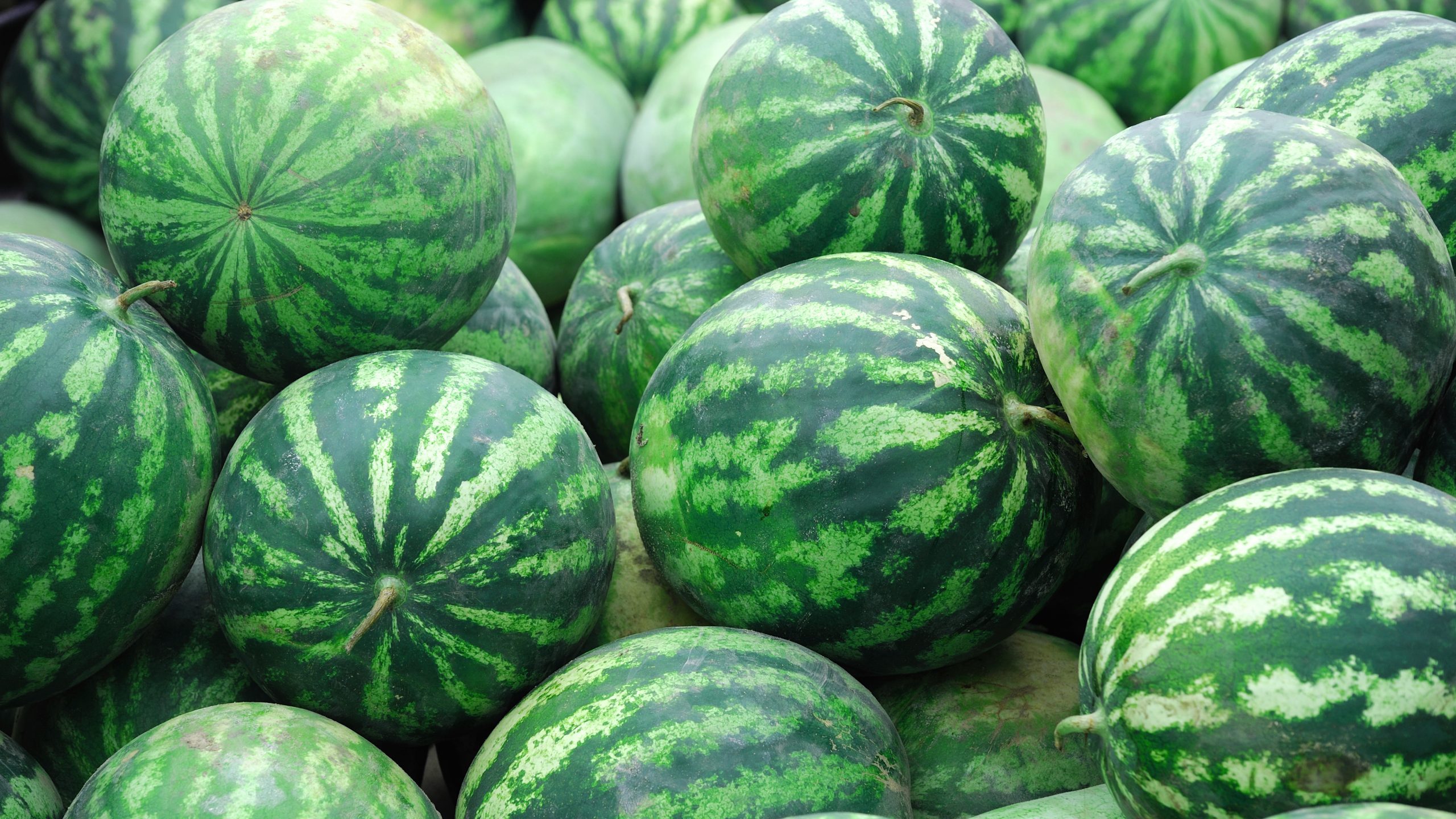
Throughout our country’s history, denigrating stereotypes about Black Americans have been created to perpetuate systemic racism. These stereotypes were (and still are) so pervasive that they even lurk in the food we eat. For example, it was only last year in 2020 that brands like Aunt Jemima and Uncle Ben’s committed to changing their packaging. And one of the most foundational American cuisines, soul food, suffers a lasting stereotype of unhealthiness. (Local chef Lachelle Cunningham dismantles this myth and celebrates how delicious and nutritious soul food can be in her Beyond Soul Food classes at the co-op.)
Watermelon’s Complicated History
Without an outwardly racist brand logo or label, the racial stereotype behind watermelon can be sneakier to spot. But this summer fruit has a past steeped in stereotypes. Even today, a common assumption is that all Black people love watermelon. Of course, there’s nothing wrong with loving watermelon — it’s loved by many, regardless of race. But assuming someone loves it because of their race is harmful, especially when that assumption has roots in trauma. So where did this stereotype start?
Enslaved people were forced to farm watermelons for their white slaveowners. But after emancipation, watermelons represented a pathway to economic freedom. The newly freed could grow watermelon to make money and reclaim their lives. They began growing, harvesting and selling watermelon, a path to economic freedom. Unfortunately, it wasn’t long before Southern white residents felt threatened by this. They responded by twisting this wonderful symbol of freedom and independence into a cruel mockery.
“To shame Black watermelon merchants, popular ads and ephemera [were created], including postcards picturing African Americans stealing, fighting over, or sitting in streets eating watermelon. Watermelons being eaten hand to mouth without utensils made it impossible to consume without making a mess, therefore branded a public nuisance.”
— National Museum of African American History and Culture
By the early 1900s, propaganda of this stereotype was everywhere — on potholders, paperweights, sheet music, salt-and-pepper shakers, postcards, newspapers and magazines. According to historian William R. Black, “The fruit symbolized uncleanliness, because eating watermelon is so messy. Laziness, because growing watermelons is so easy, and because it’s hard to eat watermelon and keep working — it’s a fruit you have to sit down and eat. Childishness, because watermelons are sweet, colorful, and devoid of much nutritional value. And unwanted public presence, because it’s hard to eat a watermelon by yourself.” And so this racist lie grew stronger, a calculated way to stop Black people from empowering themselves.
This stereotype began in the mid-1800s, but it hasn’t left. It was even used to taunt former President Obama when he took office. When we see stereotypes continuing, we must challenge them. It’s only through learning their history and teaching others that stereotypes lose power.
Sources
National Museum of African American History and Culture: Popular and Pervasive Stereotypes of African Americans.
The Atlantic: How Watermelons Became a Racist Trope.
HuffPost: How Watermelon’s Reputation Got Tangled In Racism.

